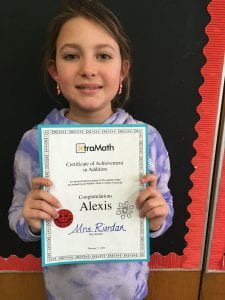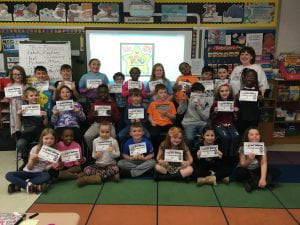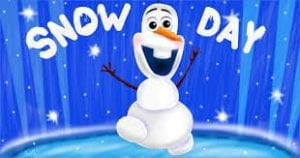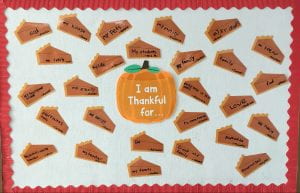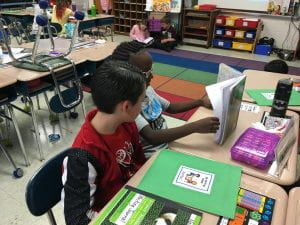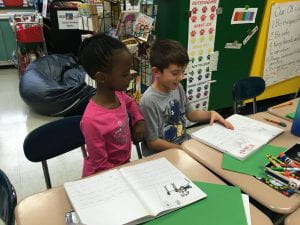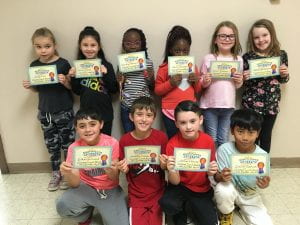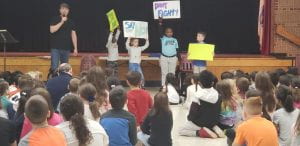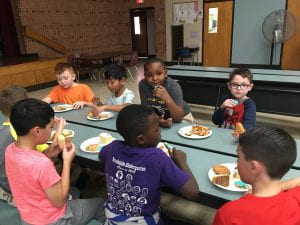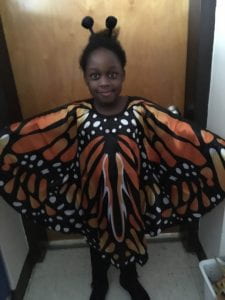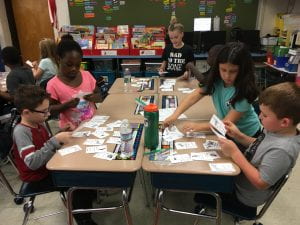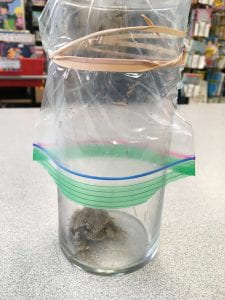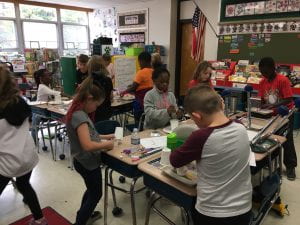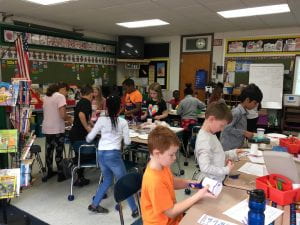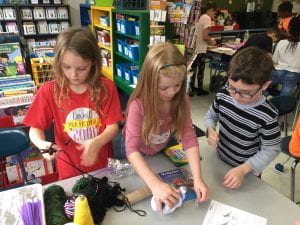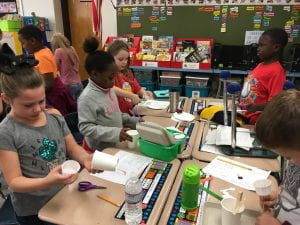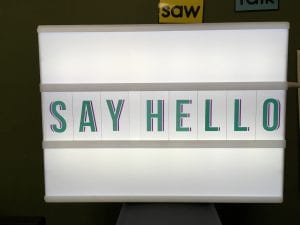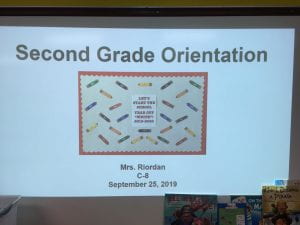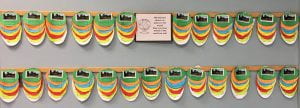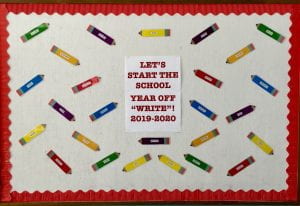
We came back in January with lots of hopes and goals for the rest of the school year. The students chose a word to describe the new year and then wrote three goals to achieve it.
We also took some time to celebrate achievements. We recognized behavior and responsibility with a combined November and December lunch bunch.

Kendall, Keviane, Natalie, Shay, Devin, Alina, Kaylee, Ethan, Timothy, Daniel and Nathan are proudly displaying their November lunch bunch certificates.

Our December lunch bunch group holding their certificates are Kendall, Keviane, Shay, Alina, Kaylee, Shiloh, Victoria, Ethan, Timothy, Daniel and Nathan.

Amber wasn’t in school for the group photo but I wanted to make sure we all knew she was in BOTH lunch bunches!
Congratulations to Michael for being the first student this year to complete Addition on Xtramath! This means that Michael is able to answer each of the 100 addition facts in 3 seconds or less. We’re proud of you!
 Victoria was the second student to complete Addition on Xtramath. These students have moved on in the program to work on subtraction fact mastery. Special kudos to Victoria who has been practicing Xtramath at home. All students are welcome to do Xtramath at home. It is free if done on a computer although the app for the phone or tablet does costs $5.00. Thank you to the families that have signed up for this at home.
Victoria was the second student to complete Addition on Xtramath. These students have moved on in the program to work on subtraction fact mastery. Special kudos to Victoria who has been practicing Xtramath at home. All students are welcome to do Xtramath at home. It is free if done on a computer although the app for the phone or tablet does costs $5.00. Thank you to the families that have signed up for this at home.

We played a “Roll to a Dollar” game. It was boys vs. girls.

It was close but the girls won!
We learned about measurement and money in math. In balanced literacy, we’ve been studying about trickster tales and learning about nonfiction. Second graders have lots of opinions so we have been focusing on opinion writing. But some of the most exciting times in January were when we did Mystery Science.
We spent a lot of time with our Mystery Science Unit on the Work of Water. This unit helped students develop the idea that water is a powerful force that reshapes the earth’s surface. Students see that water isn’t just something we drink. It carries sand to create beaches, carves out canyons and valleys and, as ice, scrapes entire areas flat. Through videos and experiments, the students asked questions and performed experiments to find the answers.
In this first Mystery lesson, students developed a model of the earth’s surface and use it to discover an important principle about how rivers work. In the experiment, Paper Mountains, students take turns using a spray bottle to make rain fall on paper models of mountains to observe patterns of how water and rivers flow.







We displayed our Paper Mountains in the hall along with the ones from Mrs. Messer’s class.
 In our second mystery lesson, students investigated the effects of rocks tumbling in a river. Based on their observations, they constructed an explanation for why there is sand at a beach. In the activity, Rocking the River, students pretended to be a river and tore up pieces of construction paper to model what happens to rocks as they travel along the river.
In our second mystery lesson, students investigated the effects of rocks tumbling in a river. Based on their observations, they constructed an explanation for why there is sand at a beach. In the activity, Rocking the River, students pretended to be a river and tore up pieces of construction paper to model what happens to rocks as they travel along the river. 


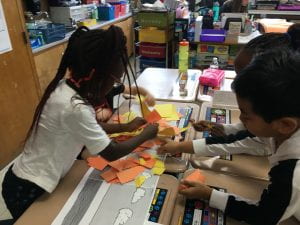


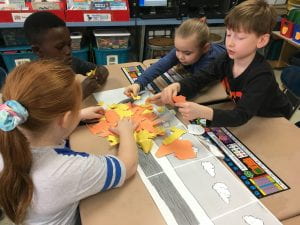



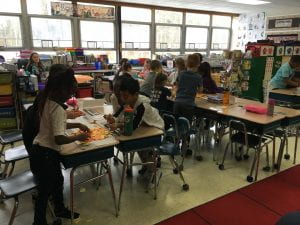

 In the third mystery lesson, students made hypotheses and investigated the causes of canyons. In the activity, Cornmeal Canyons, students created a model landform using cornmeal. Then they dripped water over this “land” to observe how water can change its shape and understand how, over long periods of time, canyons can be formed through a similar process.
In the third mystery lesson, students made hypotheses and investigated the causes of canyons. In the activity, Cornmeal Canyons, students created a model landform using cornmeal. Then they dripped water over this “land” to observe how water can change its shape and understand how, over long periods of time, canyons can be formed through a similar process. 

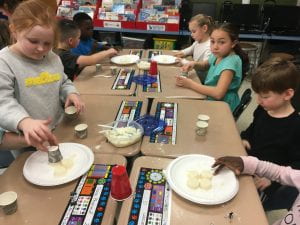








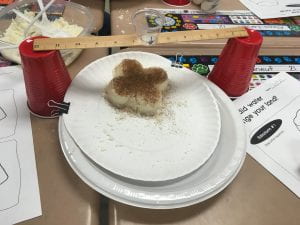

If you click the link below, you will see a short video of one of the results of the experiment.
IMG_0569
In the final mystery “How can you stop a landslide?”, students compared multiple solutions for preventing erosion. In the activity, Erosion Engineering, they designed and tested ways to keep water from washing away a hill modeled out of cornmeal.




























Since our students can’t get enough science, we also did a winter themed mini-lesson on hibernation. In this mini-lesson, students reasoned about why some animals hibernate and others do not. In the activity, Get Ready to Hibernate, students played a memory card game where they pretended to be bears searching for food. As they played the game, they considered how different foods might affect bears as they prepare for their winter hibernation. It also integrated math as the students had to add up the point values to see if they had eaten enough food to hibernate.

Can’t believe the school year is already half over! On to February!
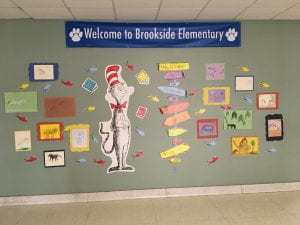 On Monday, March 2nd, we came together as a school to have a “Read Across America Assembly.” Principal Smith welcomed community members and other special guests to our school and we took a reading oath to “make reading our way to feed our brains what they need every day!”
On Monday, March 2nd, we came together as a school to have a “Read Across America Assembly.” Principal Smith welcomed community members and other special guests to our school and we took a reading oath to “make reading our way to feed our brains what they need every day!”










